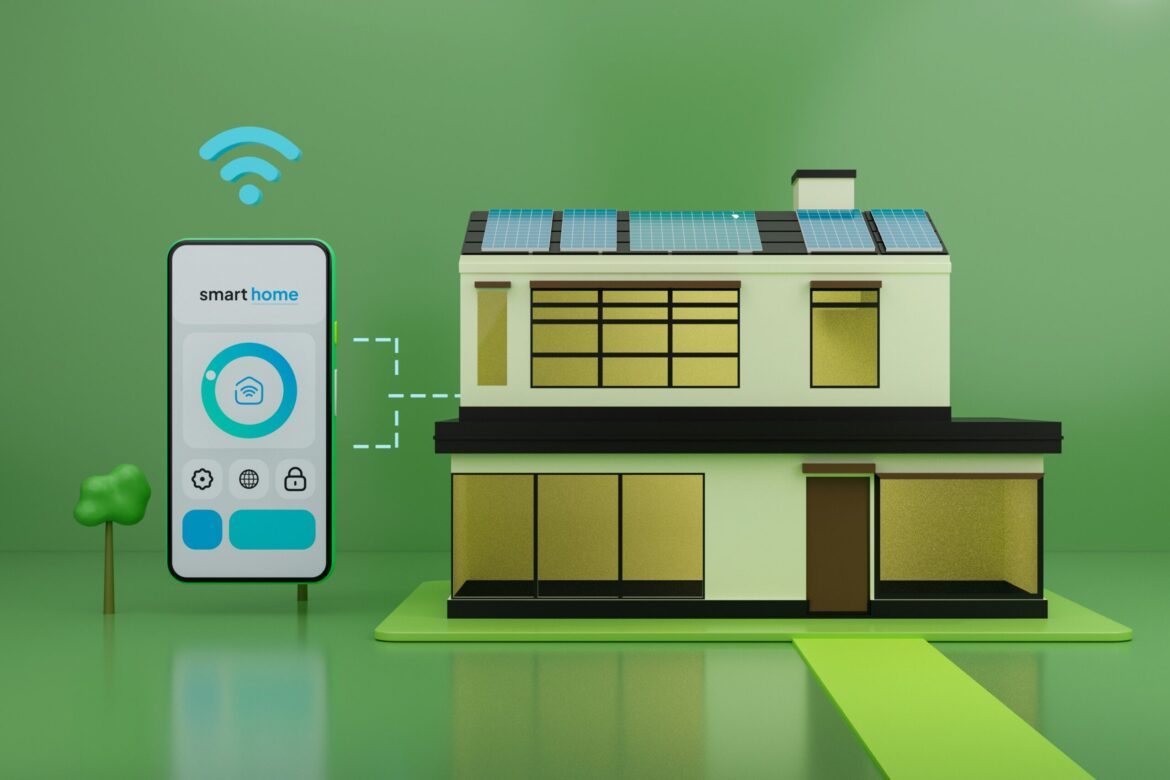March 16, 2025
The use of smart home technology in the United States has reached new heights in 2025, with a sharp increase in consumer adoption driven by the desire for greater convenience, energy efficiency, and enhanced security. On March 16, 2025, a report revealed that over 50% of U.S. households now utilize some form of smart home technology, marking a significant shift in how Americans manage their living spaces.
The expansion of smart home devices, which include everything from intelligent thermostats and lighting systems to advanced security cameras and voice-activated assistants, is revolutionizing daily life. As technology becomes more affordable and accessible, homeowners are increasingly integrating smart devices into their homes to automate tasks and streamline their routines.
“Consumers are realizing that the benefits of smart home technology go far beyond just convenience,” said Brian Marshall, a leading expert in consumer electronics. “These systems are not only making life easier but are also offering substantial savings on energy bills and providing peace of mind when it comes to home security.”
One of the major drivers of the smart home revolution is energy efficiency. Smart thermostats, such as those from Nest and Ecobee, allow users to control their home’s temperature remotely and optimize heating and cooling schedules to reduce energy consumption. With the rising concern over climate change and energy costs, many consumers are opting for these devices to minimize their carbon footprint and save money on utility bills. Reports suggest that homes with smart thermostats have seen an average reduction of 15-20% in energy usage.
Similarly, smart lighting systems, like Philips Hue and LIFX, are gaining popularity as people seek to reduce energy consumption. These lighting systems can be programmed to turn off when not in use or adjust according to the time of day, further contributing to energy savings. Additionally, the ability to control lights remotely or through voice commands offers unparalleled convenience for busy households.
Security is another key area where smart home technology is making a significant impact. The use of video doorbells, smart cameras, and motion sensors has made home monitoring more accessible than ever before. Devices like Ring and Arlo are allowing homeowners to keep a close eye on their properties, whether they are at work or on vacation. Many of these systems also provide instant alerts and video footage, enhancing security and enabling quicker responses to potential threats.
In addition to energy efficiency and security, smart home technology is transforming home entertainment and convenience. Voice-controlled assistants like Amazon Alexa and Google Assistant are now commonplace, enabling users to control everything from music playlists to household appliances with simple voice commands. Smart appliances, such as refrigerators that track inventory or washing machines that can be controlled remotely, are also becoming a mainstay in modern homes, improving convenience and streamlining household management.
However, the widespread adoption of smart home technology is not without its challenges. Privacy concerns remain a major issue, with consumers wary of how their data is being collected and used by these devices. Additionally, as smart homes become more interconnected, the risk of cyberattacks increases, leading some experts to warn that stronger security measures will be necessary to protect users’ personal information.
Despite these concerns, the growth of the smart home market shows no signs of slowing down. With the continued development of new, innovative products and the increasing integration of artificial intelligence into home automation, smart homes are expected to become even more intuitive and efficient in the years to come.
As of 2025, smart home technology is no longer just a luxury for early adopters; it’s a growing trend that is reshaping how Americans live and interact with their homes. With a focus on convenience, security, and energy savings, smart homes are paving the way for a more connected, efficient, and sustainable future.


